Not every build needs to end with a pristine show car. Sometimes, the real victory is simply getting back on the road.
In an era where car builds have become increasingly about Instagram-worthy perfection and six-figure investments, one Massachusetts streamer is proving the joy of automotive restoration lies not in the destination but in the journey itself. Meet Eric “EJ” Johnson, the owner of what he calls his “Crew Cab Charger” – a 1969 Dodge Coronet 500 four-door that’s teaching him and his audience more about cars, community and craftsmanship than he thought was possible.
The story begins, as many modern car enthusiasts’ tales do, with YouTube. “I was just browsing around looking for car content like usual,” EJ explains, “and I started watching Roadkill.” It was the General Mayhem build – that changed everything. Watching David Freiburger and Mike Finnegan stuff a 440 into a ’68 Charger shell and thrash it mercilessly on dirt sparked something. “I saw that car get beaten around, and I’m like, you know what? I kind of like B-body Chryslers. I’m going to go find one.”
But reality hit quickly. A quick search revealed what every enthusiast knows: the cars we truly covet have become unobtainium. “I started looking around for Chargers and promptly said, yep, can’t afford that. A ’68 Charger? That’s not happening.” Two-door B-bodies were already climbing into the stratosphere, even a decade ago.
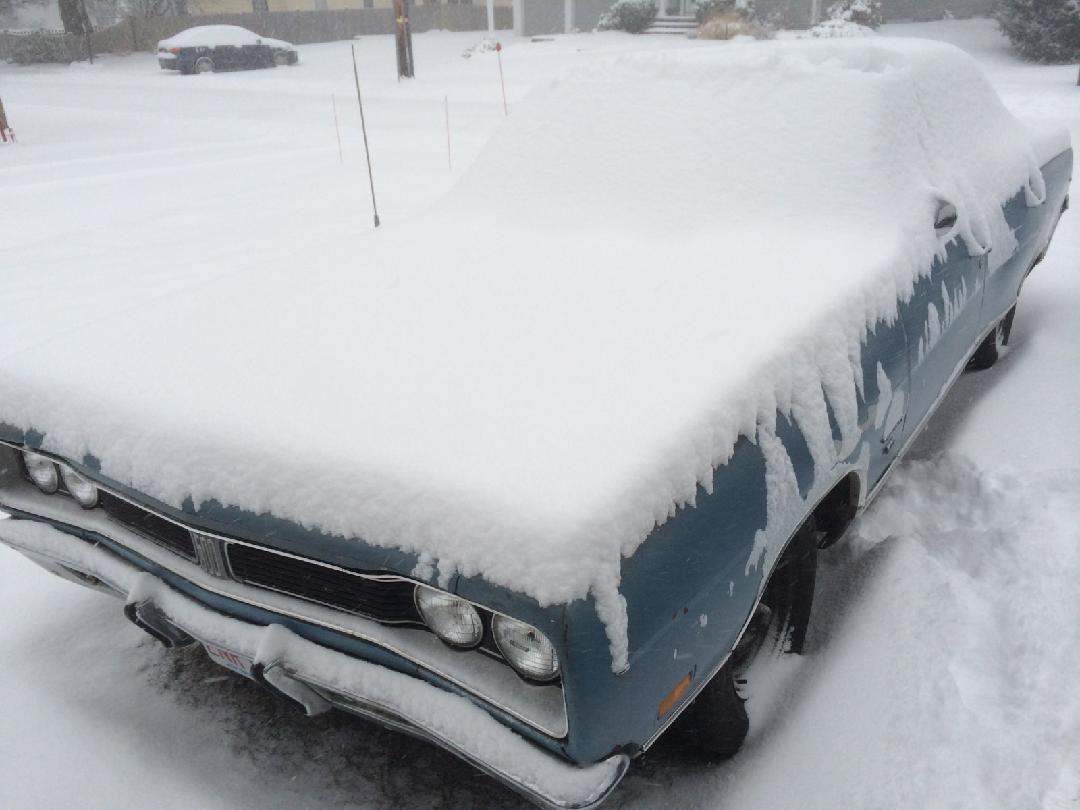
That’s when the research rabbit hole opened up. “Being inquisitive like I am, I started learning about the B platform. That opens up a whole can of worms – you start learning about Super Bees, Coronets, Satellites, Road Runners, Daytonas and Super Birds. It spirals out of control.”
The solution came in the form of compromise, with a bit of wisdom thrown in for good measure: “Maybe I could find a sedan or a wagon or something.” This led him to a guy in Central Massachusetts who specialized in Mopar® vehicles. For $1,400 in 2013, he found his Coronet 500 four-door – complete with a 318 TorqueFlite transmission and 7.25 rear end. “That’s the same car. It’s the same damn car as the Charger! Well, it’s close enough.”
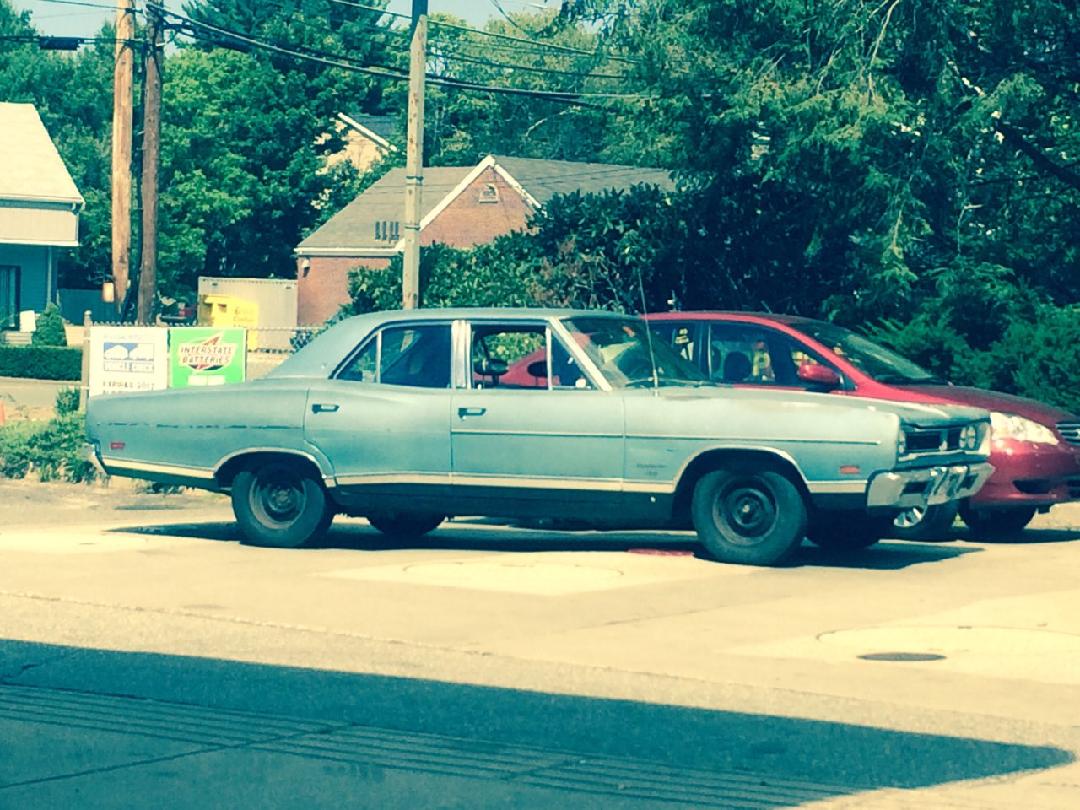
The name “Crew Cab Charger” came later, inspired by another Roadkill build featuring a four-door Chevelle that Freiburger dubbed a “crew cab.” “I’m like, you know what? Mine’s a crew cab Charger. That makes perfect sense.”
This pragmatic approach to muscle car ownership reflects a broader shift in the hobby. “I don’t know that everyone wants the two doors anymore,” EJ observes. “That shift started a while ago, mainly because the two-door variants have become out of reach even if you have a little spare cash for a project.”
The numbers tell the story. A recent Facebook Marketplace search in his area revealed 36 Coronets, all over $15,000, “and all of them are beat to hell. These cars are used and abused and put away wet.” Meanwhile, four-door examples can still be found for $3,000 to $5,000. “The underpinnings are the same as far as I can tell. It’s the same thing, it’s the same car.”
What followed was a decade-long journey of stops and starts, life getting in the way, and hard-learned lessons about project car ownership. The Coronet sat in storage from 2013 to 2016, then on his parents’ front lawn (much to his mother’s chagrin), through various life changes, including moving out, getting married and building a streaming career.
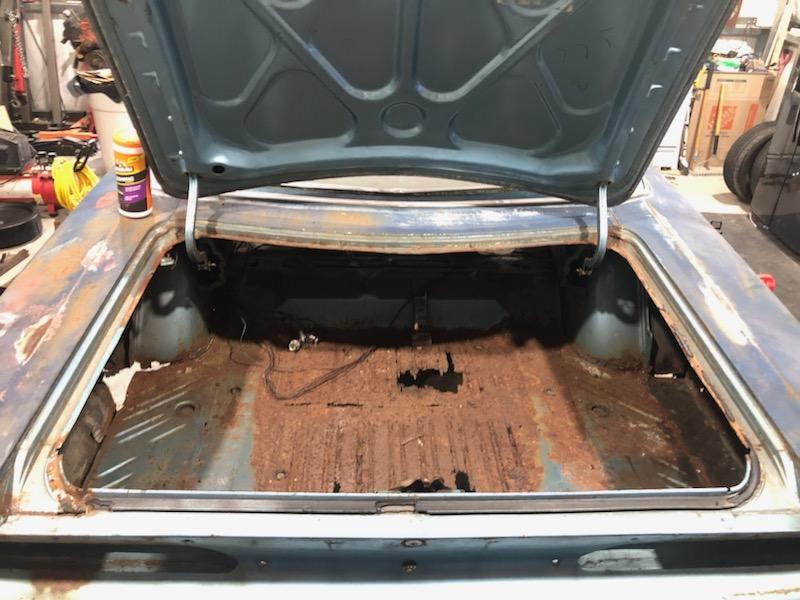
The pandemic years were particularly telling. While many enthusiasts used lockdown time to wrench, he made a different choice: “I put the car aside because everybody was home, everybody’s at their computers, so I was putting in 16-hour streams like five, six days a week. People were home and needed entertainment. So… I did my best to provide an escape.”
But his uncle’s wisdom echoed: “Nothing is a lawn ornament. Get everything running.” That philosophy learned the hard way through other project cars finally drove him back to the Coronet in 2025. “I hate stories of people that leave cars outside because they want to keep it, they want to hold onto it, and it just sits there and does nothing.”
The resurrection of the Crew Cab Charger became content for his Twitch stream, where he teaches engineering concepts through games like Kerbal Space Program and real-world projects. But more importantly, it became a masterclass in practical automotive education. “There are so many good resources on the Internet now – Roadkill, Roadkill Garage, Derek from Vice Grip Garage, Kevin Tetz doing metal fabrication. I watch all these guys all the time and learn.”

The engine turned out to be surprisingly healthy – compression tests revealed cylinders ranging from 148 to 170 PSI, well within factory specifications for a motor that’s been sitting for years. “I don’t know how it’s super healthy, but it is.” Basic maintenance followed: new ignition wires, properly gapped plugs, carburetor tuning and timing adjustment.
Brake work came next, and here’s where the educational aspect shines. He demonstrated the old-school method rather than expensive vacuum bleeding tools: “I have a piece of wood strapping,” he announced to his stream audience, writing “BRAKE BLEEDER 5000” on it with a marker. “We’re going to bleed brakes with a piece of wood strapping.” The technique is simple but effective: pump the brakes three times, wedge the wood between the pedal and seat to maintain pressure, and then manually open the bleeders. This was a common scenario before the days of power bleeders. But, like so many things, it is being forgotten. EJ wants to keep techniques like this alive. If you have access to a power bleeder or other modern tools for whatever the job in front of you might be, by all means, USE THEM. Just realize there’s more than one way to bleed the brakes. After getting the car running and driving, the first order of business was what any red-blooded gearhead would do: a massive burnout in the garage. “I thought I’d do a burnout – a big, smoky burnout – and smoked out my entire garage. The building looked like it was on fire. My neighbors were coming outside, seeing smoke from the garage door.”
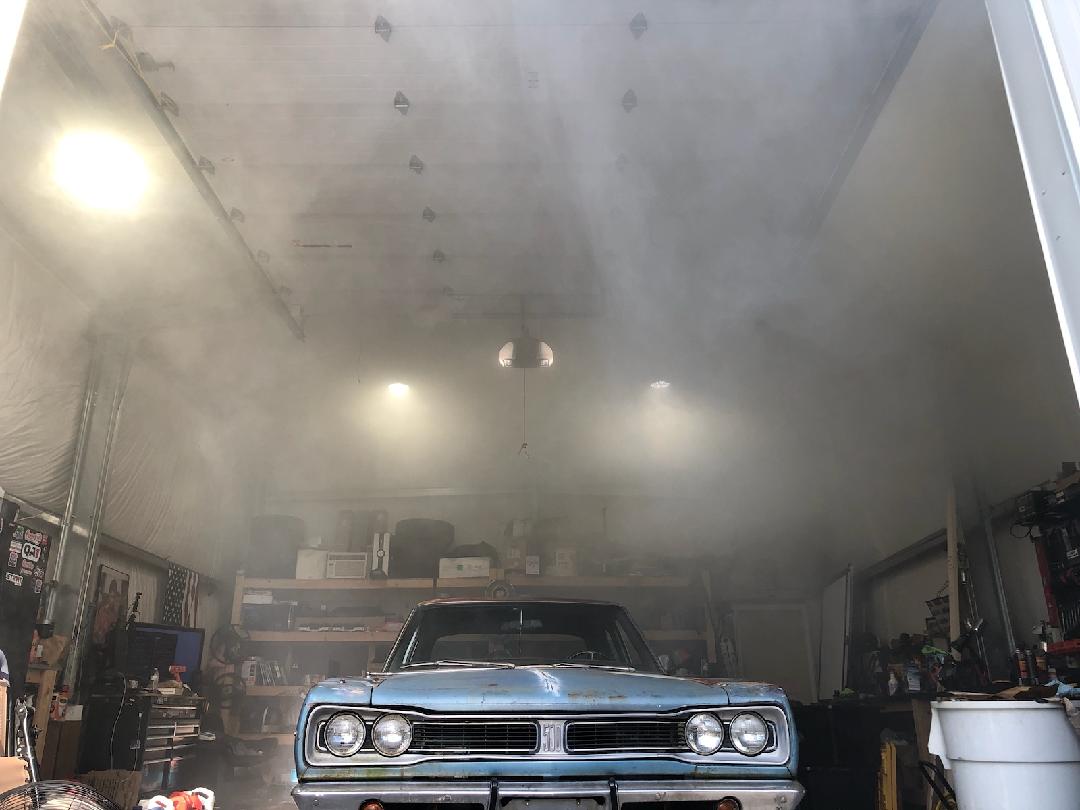
That burnout represents everything this build is about. It wasn’t about preserving some museum piece or creating trailer queen perfection. It was about the pure joy of making an old car move under its own power and celebrating that victory with smoking tires.
Now, the real work begins. The trunk floor is shot, the rockers are going and there’s bodywork ahead. “I don’t know too much about metal patching. I don’t have that much hands-on metalwork experience, but the amount of resources on YouTube is good enough.” The plan isn’t concours restoration – it’s getting the shell solid, addressing the rust and creating what he calls “a blank canvas of a car.”
Working on the car has revealed something deeper than mechanical knowledge. “When you get your hands on these pieces, you figure out why they’re made the way they are. You really put your mind in the place of going down the factory floor – what were they thinking when this thing was rolling down the assembly line?”
He’s discovered the human element in mass production: spot welds that vary from side to side, hand marks from workers, serial numbers on every stamping. “This car was made by people. People put this car together, and that’s cool. That’s stuff I really enjoy.”
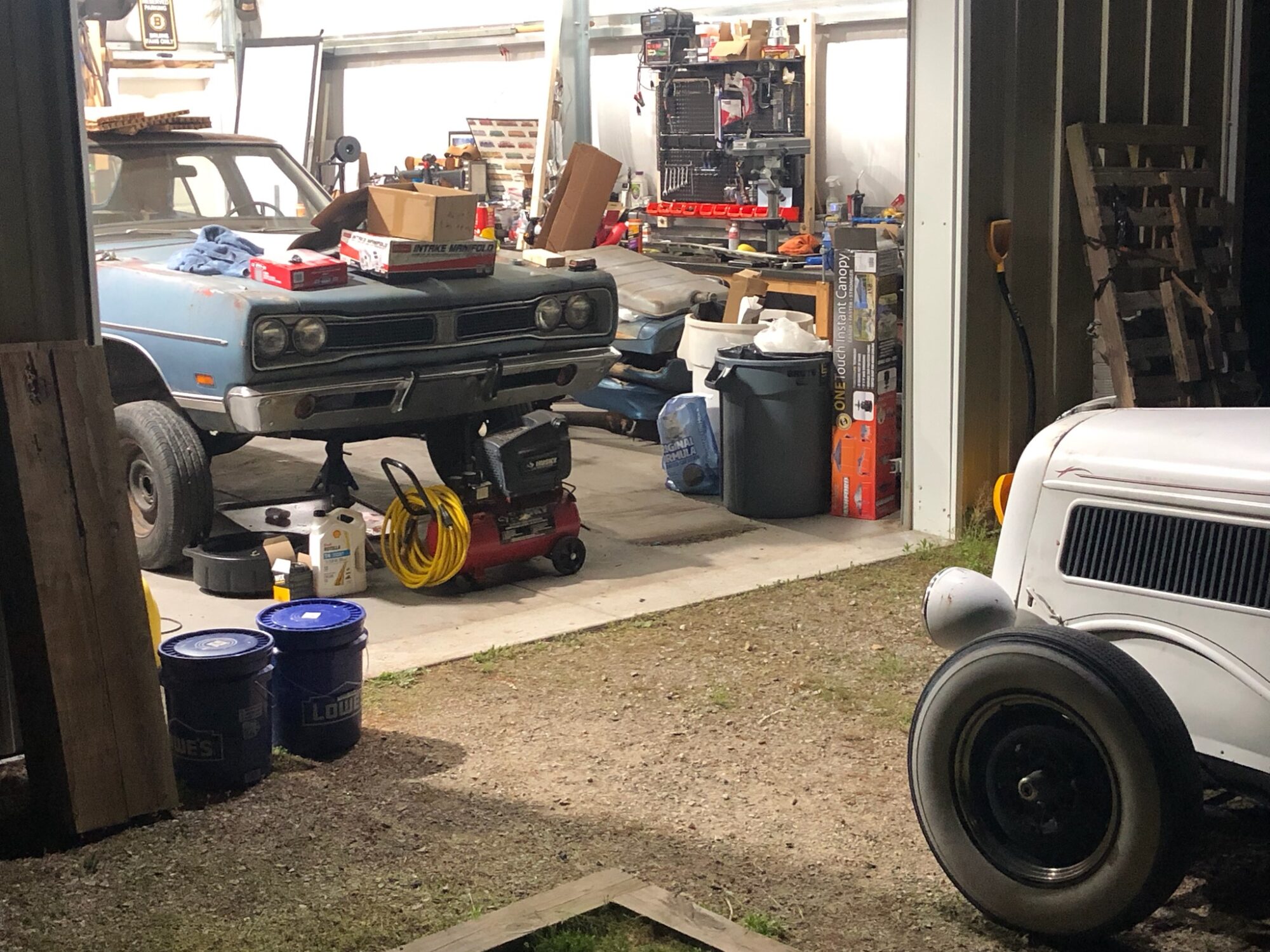
The larger mission extends beyond one rusty Coronet. As a STEM streamer, he uses automotive projects to teach engineering concepts, showing viewers that hands-on skills are accessible. “I really like paying it forward, showing kids you can get into this. You can do this.” It’s a message learned from Freiburger and Finnegan years ago: “You can get into one of these for short money, and you can wrench on a budget.”
EJ’s background reflects a generation caught between worlds: “I grew up in the mid-2000s when I graduated high school, and it was all computers, no trades, no metalwork. You were told you had to go to college.” While he doesn’t resent his education, he wishes the resources available on YouTube today had existed then. “The path would have been different, but I’m learning these skills now and passing the knowledge along.”
Future plans include a modern twist that would make the Roadkill guys proud: a 5.7 HEMI® engine swap from a high-mileage Ram truck. “I did some research and discovered that the bolt pattern resembles the LA engines. So I’m thinking we do a modern HEMI swap and then you have a very reliable, very cool daily driver.”
The Crew Cab Charger represents something crucial in today’s collector car landscape: proof you don’t need a six-figure budget or a restoration pedigree to participate in automotive culture. Sometimes, the best builds are the ones that simply get you back on the road, rust and all. “No one else has a car like this. No one ever will have a car like this thing,” he says with genuine pride. And he’s absolutely right. In a world of identical restorations and predictable builds, his four-door Coronet with the battle scars stands as a testament to the idea that character matters more than perfection.
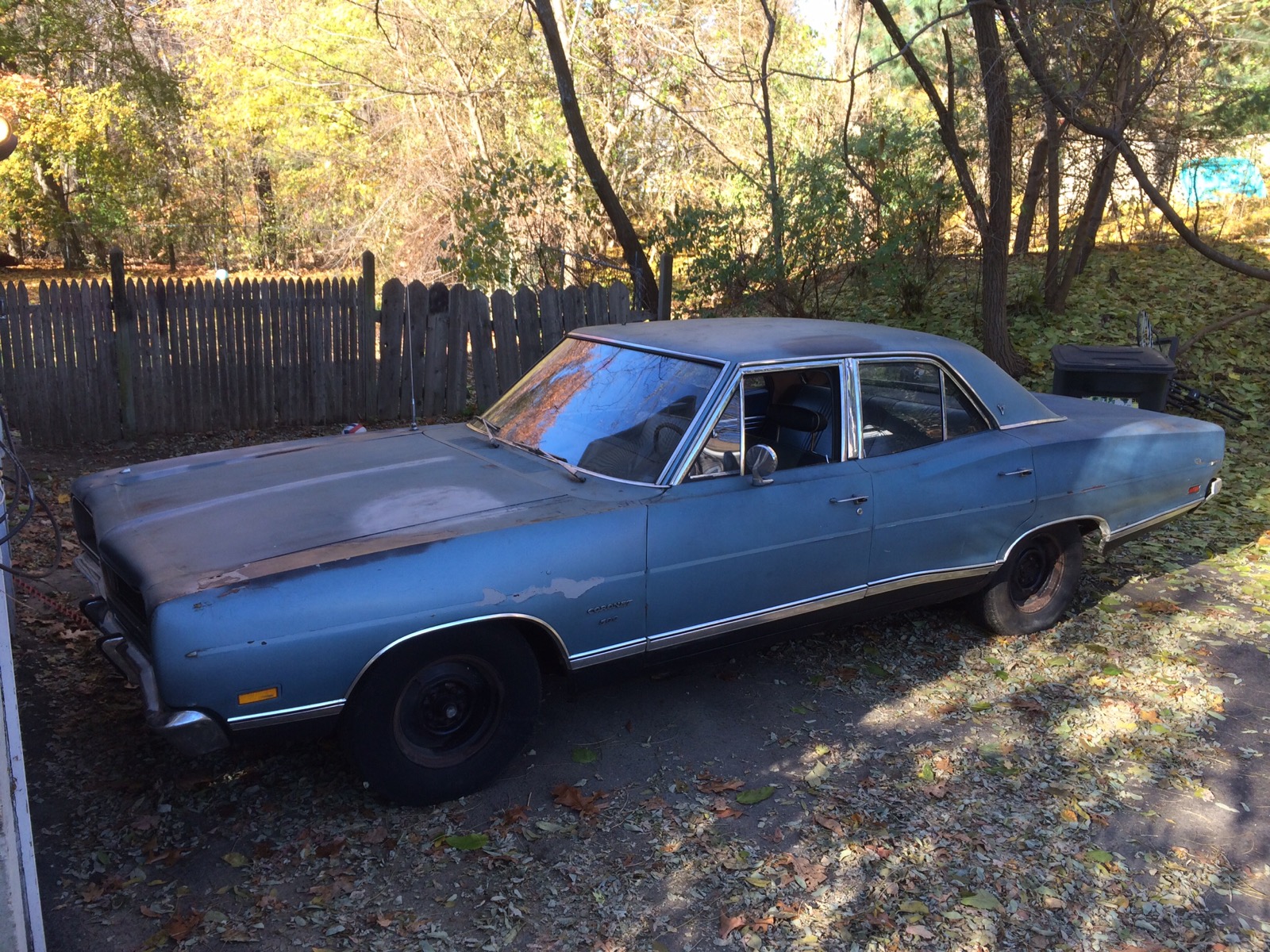
The hardest part, he’s learned, is simply starting: “You gotta get past that fear of ruining it and just keep going.” Because at the end of the day, a car that runs and drives – even imperfectly – beats a perfect car that never leaves the garage.
That’s a lesson worth learning, whether you’re working on a Crew Cab Charger or any other project that captures your imagination. Sometimes, the best build is the one that gets you back on the road.
If you would like to follow along and see more of EJ working on the Crew Cab, head over to his Twitch channel
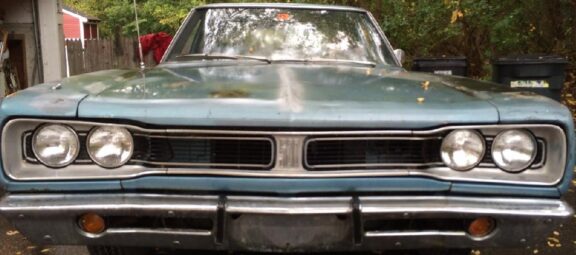
4 Comments
Ej represent <3 *8 Slick write up Mr Yoder. Reigniting the fixit culture is important in my opinion, top job.
I’ve been watching EJ’s streams over the last few months as he restores the ‘69 Coronet, and it’s been genuinely refreshing. It’s not just about the car, it’s about watching a regular person take on a huge project, learn by doing, and not be afraid to fail in front of an audience. There’s something real and relatable about that. Every stream feels like progress, even when things don’t go as planned, because you see the growth. It’s inspiring for anyone who’s ever wanted to pick up a wrench and just start.
Love watching EJ stream his Coronet restoration! Currently watching him replace the trunk pan and figure out how to weld up rusted frame rails.
Been here since the start, watched him rebuild his '59 F100 already and a friends Chevy Camaro